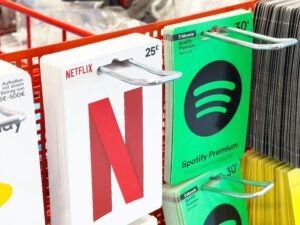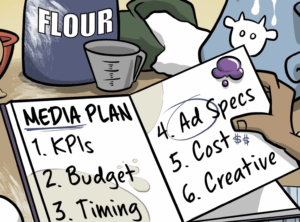 The Monday after the Super Bowl is a big day for marketers, as people kick around their favorite ads from the game.
The Monday after the Super Bowl is a big day for marketers, as people kick around their favorite ads from the game.
This year, the Monday after will be especially important for monday.com, a Tel Aviv, Israel-based workforce app development platform. The B2B company bought a Super Bowl sponsorship in a space more often associated with beer, car and movie commercials.
Monday.com is spending more than 10 times what it’s ever invested in a campaign before to pitch itself during the game in hopes that the spot will spur the company into a new stage of growth and usage of the platform, said Guy Shriki, head of brand awareness and offline marketing. And like a good geeky B2B platform, monday.com built a robust measurement plan to find out if the 10x spend was worth it.
Monday.com previously advertised on television in a few US markets. But the Super Bowl can’t be compared to other TV campaigns.
“This is the one broadcast that people are actually watching, paying attention to the ads and talking about,” said monday.com brand manager Molly Aviva Sonenberg.
While some apps and tech brands have found that when they buy space during shows with viewers that aren’t super engaged, they’re more likely to take out their phone and check out your site or app, monday.com wanted the opposite extreme. Monday.com isn’t just trying to reach a large audience. The company is trying to get its users to think about the platform in a new way.
“We want our end users to understand that they have the power to use monday.com to build workflow tools without engineering or a decision coming from the top down,” she said.
Monday.com is a B2B company, but this campaign’s goal isn’t to influence executives who make vendor purchase decisions – the account-based strategy that is the bread and butter of B2B marketing. The idea is to emulate a consumer-facing business and spur everyday employees with access to the platform to feel comfortable doing so even if they have no coding or experience.
Post-game media plan
The in-game commercial will be amplified by a huge offline and online marketing push. YouTube, Facebook, Instagram, TikTok, Twitter and LinkedIn are on the media plan, Shriki said, as well as out-of-home campaigns in many major US cities, including New York City, Los Angeles, Chicago, Boston, Miami and Austin.
A few cities are explicitly left out of the campaign to function as control groups for post-campaign attribution and incrementality measurement, he said. For instance, a city that monday.com targeted for TV, social media and OOH billboards should see a big spike in new trial users or log-ins and first-time accounts within companies that already license the platform. Since some markets were held out of the campaign, there should be a measurable lift in platform engagement that can then be attributed to the Super Bowl push.
Monday.com has also started pre-campaign surveying to set a baseline for brand awareness and overall knowledge of the tool set, Shriki said. Another round of surveys in the weeks after the game should help construct a picture of where and how the campaign worked in raising people’s awareness of the brand name and what the tech does.
There are other attribution tricks, too. The company’s sales and customer service lines use a recording service that identifies when customers or potential customers use the term “Super Bowl” or other keywords from the ad campaign. Shriki said that trick could even help understand whether companies from specific areas or verticals responded directly to the campaign.
“That’s why, as a B2B company, we still speak as a B2C brand,” Aviva Sonenberg said. “It’s important to be part of the conversation.”












